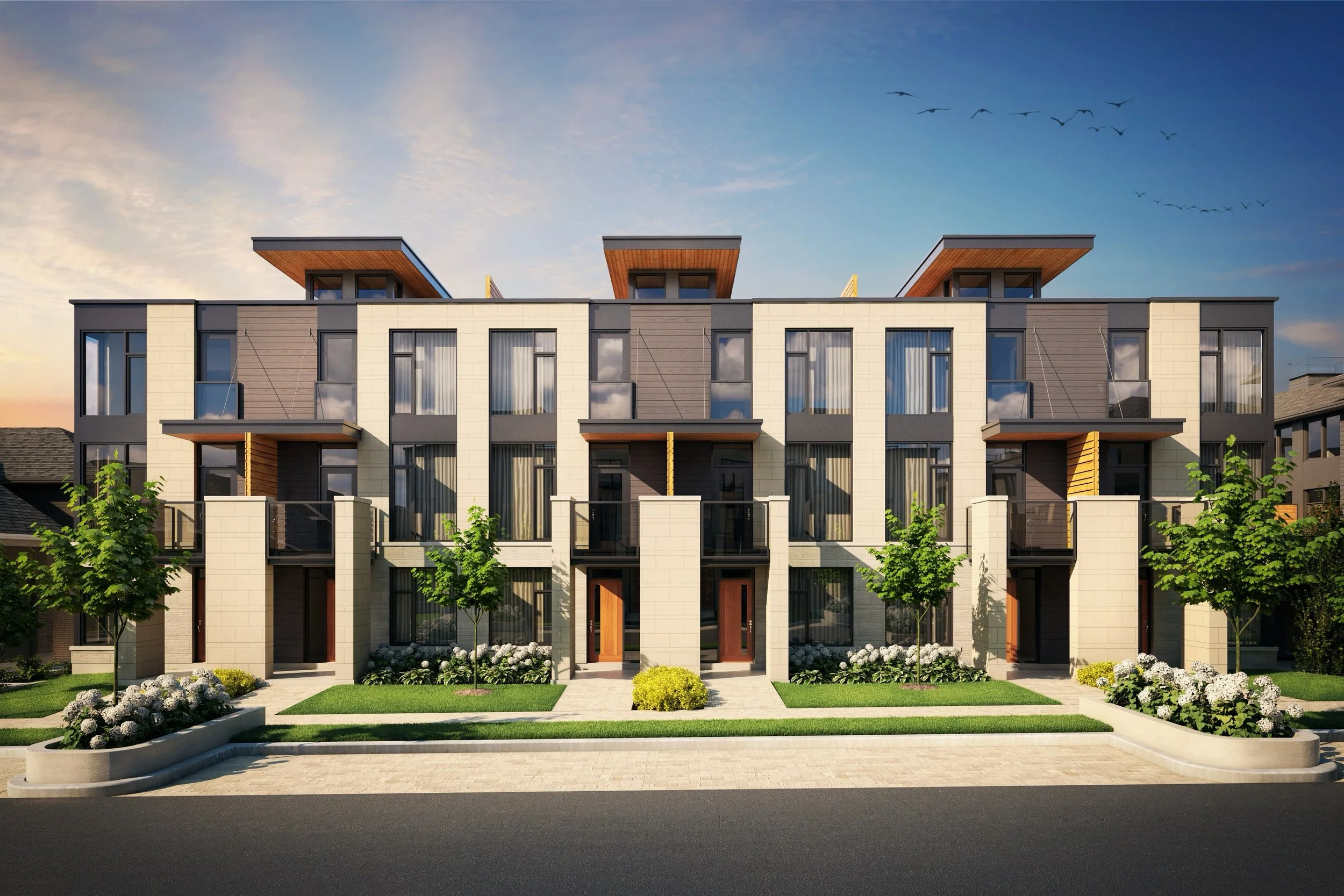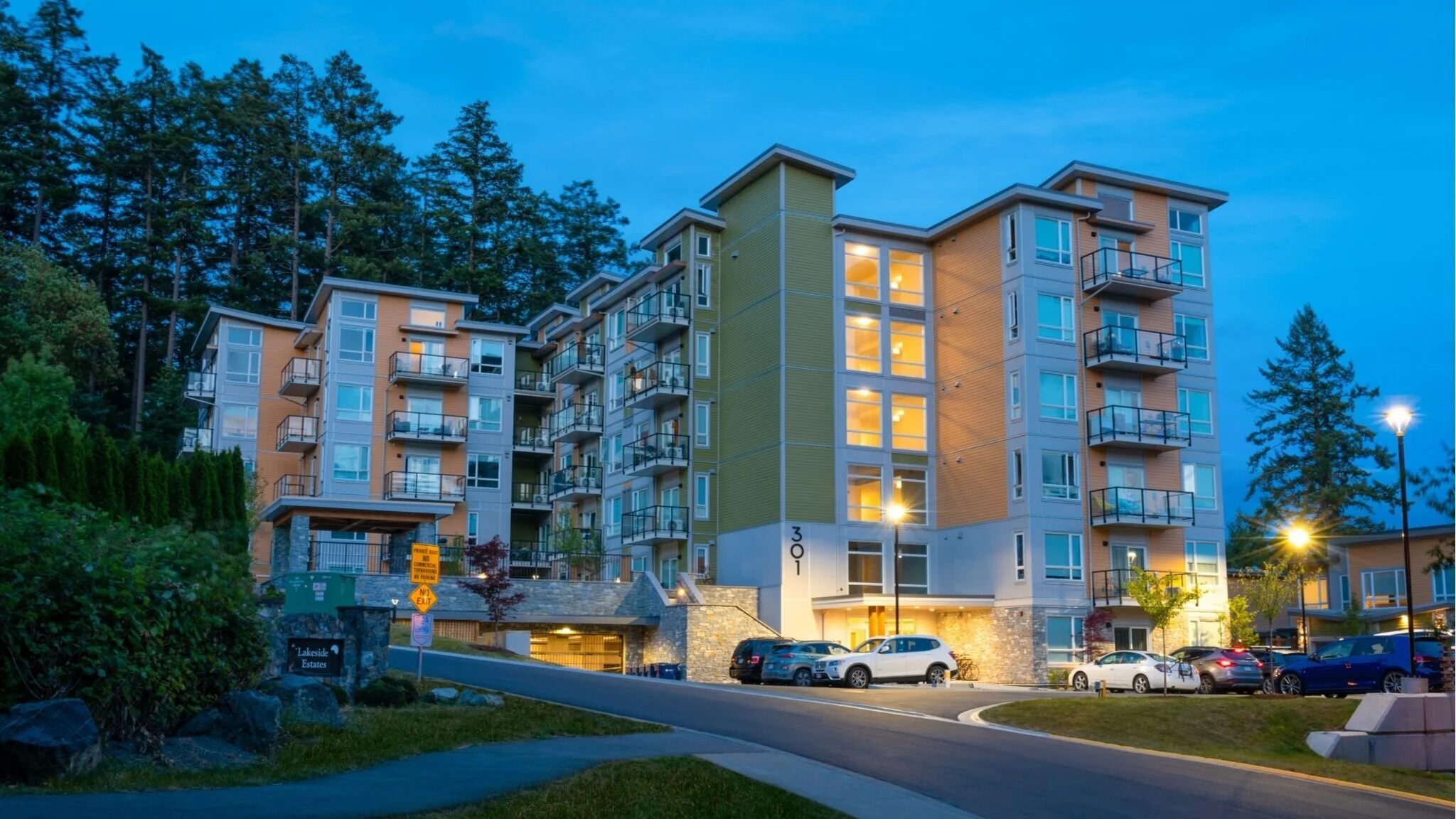how the planning and permitting process really works in vancouver?
If you own property in Vancouver with development potential, what happens after the sale can make or break the deal. Buyers and developers don’t just look at zoning—they look at how long it will take to get permits, what policies might create roadblocks, and how much risk is involved in bringing a project to life.
That’s where many land deals fall apart. Promising offers vanish. Timelines stretch. Buyers walk. And often, it’s not because of price—it’s because someone didn’t understand the process.
This article explains how Vancouver’s planning and permitting system actually works—from city departments to key terms like rezoning, development permits, design guidelines, and CACs. You’ll learn what each stage means, how it impacts your land’s value, and why having someone who understands the system makes a real difference.
planning and permitting shape what your land is worth
At a basic level, every development in Vancouver has to go through two types of approval:
Planning – What can be built on the site? Is the proposed form of development supported by city policy?
Permitting – Does the proposed building meet technical, safety, and legal requirements?
In practice, these two layers overlap—and even simple projects can face long delays. That’s why it’s so important for landowners to understand the basics of who’s involved and what they’re reviewing.
three city departments that influence your outcome
Several city departments play a role in what gets approved:
Planning, Urban Design and Sustainability (PDS) – Guides long-term land use through policies and area plans like the Broadway Plan or Cambie Corridor Plan. If a project doesn’t align with planning goals, it’s unlikely to be approved—regardless of zoning.
Development, Buildings & Licensing (DBL) – Oversees the formal permitting process, including rezonings, development permits, and building permits.
Development and Building Services Centre – Overseas the front-facing desk where staff review proposals, interpret policies, and flag early concerns. For most landowners or agents, this is the first stop.
Even small sites can get tripped up if one department sees something another doesn’t. Knowing how these offices work—and what they’re looking for—is a major advantage.
three stages every project must pass through
Rezoning
Rezoning is required when the current zoning doesn’t allow the intended use, density, or building type. This is a long and political process involving staff review, public consultation, and a vote by City Council.
Why it matters: If your site needs rezoning, the timeline to build can stretch to 12–24 months or more. Buyers may make offers contingent on rezoning—then walk away if it gets stuck or denied.
Development Permit (DP)
Form of development is planner-speak for the building’s size, shape, use, and layout—how many units, how high it goes, how much it covers the site, and whether it fits into the neighbourhood visually and functionally. A Development Permit reviews the form of development and how the building fits into city guidelines. Even “outright” zoning permissions almost always require a DP.
Why it matters: DPs are where most surprises happen. If your property doesn’t align with local design guidelines or triggers extra review (like shadow studies or tree protection), delays and redesigns can follow.
Building Permit (BP)
After the development permit is approved, the building permit stage begins—where city engineers review every technical aspect of the project, from structural systems to fire safety, drainage, energy, and accessibility. Each department has authority to require changes if something doesn’t meet code, and even small issues can delay the project. For simple projects, this stage can move quickly, but on complex sites, it can become a costly bottleneck. Understanding how this process works helps sellers avoid surprises and gives buyers more confidence in the site.
Why it matters: Even after a project is approved in principle, a BP is still required. Delays here may not kill deals—but they can reduce what a buyer is willing to pay, especially if financing is tight.
policy layers that catch most landowners off guard
In Vancouver, zoning is just the beginning. A web of additional policies can affect what’s allowed on your site—even if you meet the basic rules. Here are some of the most important ones:
Area Plans
An area plan—like the Broadway Plan, Grandview-Woodland Plan, or Marpole Community Plan—lays out the city’s long-term vision for a specific neighbourhood. These plans override older zoning expectations. To check if your property is inside an area plan, you can use the City of Vancouver’s online planning map—or just ask me. I’ll help you figure it out in 5 minutes.
Why it matters: If your property is within an active plan area, its value may be higher—but also more complex. Buyers will be asking what the plan allows, not just the zoning.
Design Guidelines
These are city documents that shape the look and feel of new buildings—covering everything from setbacks and shadows to materials and roof forms.
Why it matters: You might be allowed 6 storeys by zoning, but design guidelines could limit height due to view cones or neighbouring character. Buyers factor this in.
Community Amenity Contributions (CACs)
CACs are negotiated payments made to the City when additional density is granted through rezoning. These help pay for parks, childcare, or affordable housing.
Why it matters: If your site needs rezoning, CACs can reduce what a buyer is willing to pay—sometimes by hundreds of thousands of dollars.
Development Cost Levies (DCLs)
DCLs are set fees charged on new development to fund infrastructure like roads, utilities, and schools. Unlike CACs, DCLs are fixed and predictable.
Why it matters: Buyers will deduct these costs from their land offers—but unlike CACs, they’re easier to plan around.
Tenant Relocation and Protection Policy (TRP)
If your site includes existing rental units, this policy requires that tenants be compensated, relocated, and offered replacement housing.
Why it matters: For developers, this adds cost, time, and risk. If TRP applies to your property, buyers will adjust their pricing accordingly.
Environmental Overlays
These include things like floodplains, steep slopes, and protected trees. They often appear during the Development Permit stage.
Why it matters: These overlays can affect what’s buildable, how much foundation work is needed, or whether trees must be retained. Smart buyers ask early.
Being clear about which policy layers apply to your property can turn hidden roadblocks into manageable timelines, protecting your land value and keeping deals on track.
what a “prior-to” letter can reveal about your site
After a Development Permit is conditionally approved, the city may issue a Prior-to Letter: a list of conditions that must be satisfied before full approval. These can include:
Tree retention plans
Curb and sidewalk upgrades
Payment of CACs
Legal agreements like covenants
Revisions to the building’s shape or layout
Why it matters: These conditions often catch sellers off guard. But buyers anticipate them—and use them to lower their offer if risks aren’t addressed early.
why zoning labels like “outright” can be misleading
Some uses are labelled as “outright,” meaning they’re allowed under zoning. Others are “conditional,” meaning they require discretion. But in practice, the difference is blurry. Many “outright” uses still require design review or trigger other policies. Meanwhile, “conditional” projects may be supported if they align with planning goals.
You can find this designation in the City’s Zoning Bylaw, but even planners sometimes interpret it differently. If you’re unsure which category your site falls under—or what that means for your timeline or sale—I can help you figure it out before you go to market.
Why it matters: Don’t assume your site is “safe” just because it fits the zone. The city looks at a range of factors, and staff interpretation matters.
why serious buyers ask for long condition periods
If you’ve received an offer on your property from a developer or builder, you may have noticed something unusual: a long subject period. In Vancouver, it’s not uncommon for developers to ask for 90, 180, or even 365 days to remove conditions—and that often surprises landowners used to quicker deals.
But here’s why it happens: developers can’t commit to a purchase until they’ve done enough due diligence to understand what the city will actually allow, and what the risks and costs will be. Until they’ve met with city staff, run preliminary designs, spoken with consultants, and reviewed policy layers, they simply don’t have enough certainty to move forward.
This is especially true if:
The site needs a rezoning or conditional approval
The buyer is considering rental tenure, additional density, or relaxed setbacks
The project might trigger CACs, tenant relocation rules, or design guideline conflicts
The lot is part of a land assembly or a phased development
The developer needs to secure financing, which requires a clear path to approval
If your property is being marketed for development, it’s essential to anticipate this process and structure deals accordingly. Long condition periods aren’t a red flag—they’re a reflection of how much is at stake.
Why it matters: With the right guidance, you can ensure the buyer has what they need to move forward with confidence—and prevent your deal from stalling halfway through.
what you can do before listing to protect your value
You don’t need to manage the permitting process yourself—but if you’re selling, there are smart steps you can take now to make your deal stronger. These include:
Confirming whether your site falls within an area plan
Understanding if a rezoning is likely needed
Reviewing any design guidelines that apply
Anticipating fees or constraints like CACs, DCLs, or TRP
Doing this work before you list helps buyers act faster, reduces negotiation delays, and protects you from deals that fall apart due to hidden risks.
I guide my clients through this entire process—and help package their site in a way that makes it more attractive to serious, well-prepared buyers.
your knowledge—and mine—is your strongest asset
Most landowners don’t get to see the full process. They see an offer… then a delay… then silence. But behind the scenes, planning and permitting timelines, policy layers, and risk assessments are shaping every buyer’s decision.
When you understand how this works—even at a high level—you become a smarter seller. You can set better expectations, ask better questions, and position your land with less uncertainty.
And when you work with someone who knows the system, those risks don’t just get managed. They get anticipated, framed, and turned into confidence—which is the foundation of a successful sale.















